Next-Generation Power Semiconductors Market Summary
As per Market Research Future analysis, the Next-Generation Power Semiconductors Market was estimated at 1.2 USD Billion in 2024. The Next-Generation Power Semiconductors industry is projected to grow from 1.255 USD Billion in 2025 to 1.971 USD Billion by 2035, exhibiting a compound annual growth rate (CAGR) of 4.61% during the forecast period 2025 - 2035
Key Market Trends & Highlights
The Next-Generation Power Semiconductors Market is poised for substantial growth driven by technological advancements and increasing demand across various sectors.
- The rising demand for electric vehicles in North America is significantly influencing the power semiconductor market.
- Integration of renewable energy sources is becoming a critical factor in the Asia-Pacific region's market expansion.
- SiC discrete devices remain the largest segment, while MOSFETs are emerging as the fastest-growing segment in the market.
- Key drivers include the increasing adoption of energy-efficient technologies and the expansion of electric vehicle infrastructure.
Market Size & Forecast
| 2024 Market Size | 1.2 (USD Billion) |
| 2035 Market Size | 1.971 (USD Billion) |
| CAGR (2025 - 2035) | 4.61% |
Major Players
Infineon Technologies (DE), ON Semiconductor (US), STMicroelectronics (FR), Texas Instruments (US), Nexperia (NL), Mitsubishi Electric (JP), Renesas Electronics (JP), Cree (US), Vishay Intertechnology (US)
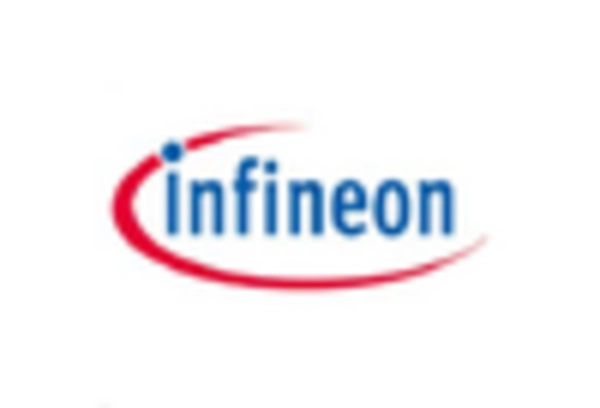
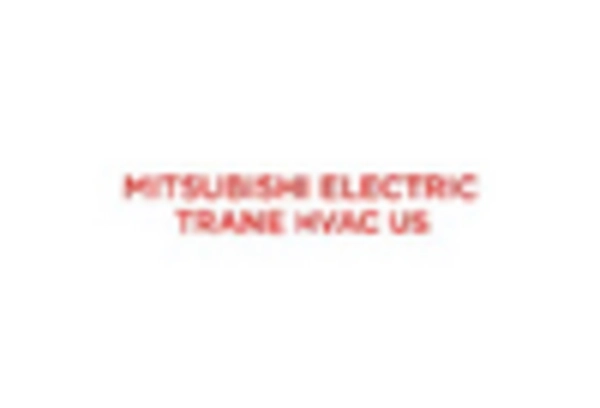
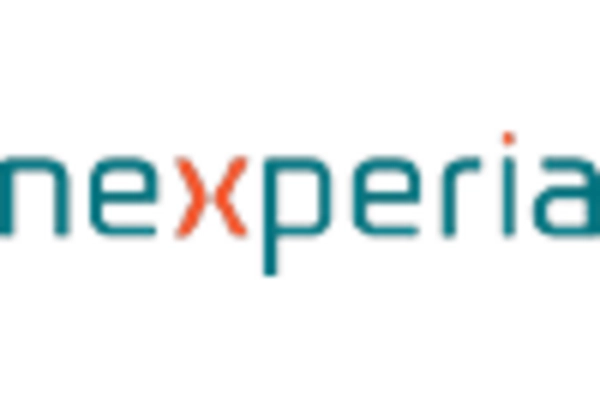
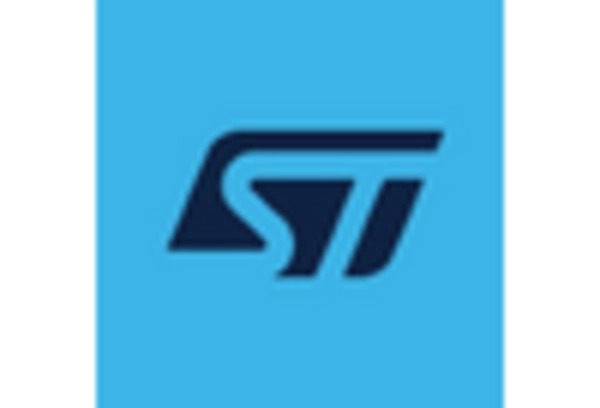
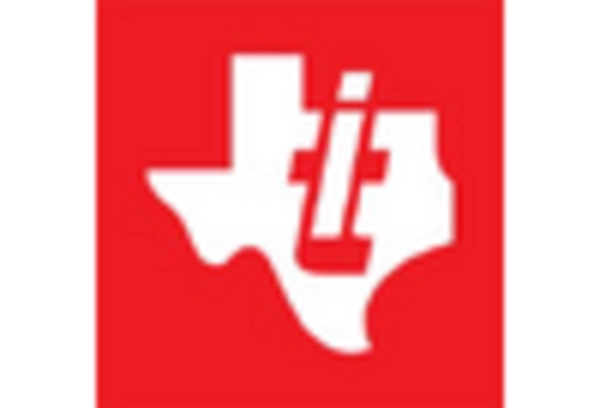








Leave a Comment